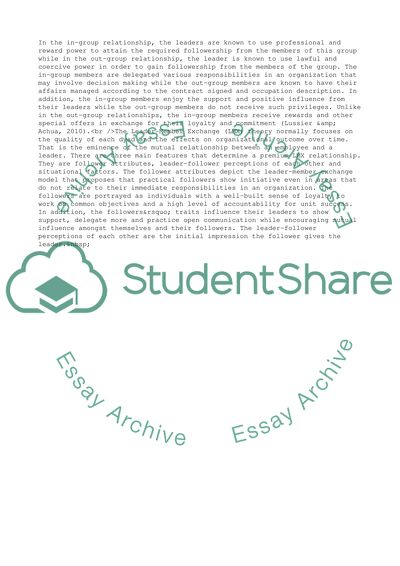Cite this document
(Leadership Assignment Example | Topics and Well Written Essays - 1250 words - 11, n.d.)
Leadership Assignment Example | Topics and Well Written Essays - 1250 words - 11. https://studentshare.org/management/1775187-leadership
Leadership Assignment Example | Topics and Well Written Essays - 1250 words - 11. https://studentshare.org/management/1775187-leadership
(Leadership Assignment Example | Topics and Well Written Essays - 1250 Words - 11)
Leadership Assignment Example | Topics and Well Written Essays - 1250 Words - 11. https://studentshare.org/management/1775187-leadership.
Leadership Assignment Example | Topics and Well Written Essays - 1250 Words - 11. https://studentshare.org/management/1775187-leadership.
“Leadership Assignment Example | Topics and Well Written Essays - 1250 Words - 11”. https://studentshare.org/management/1775187-leadership.


